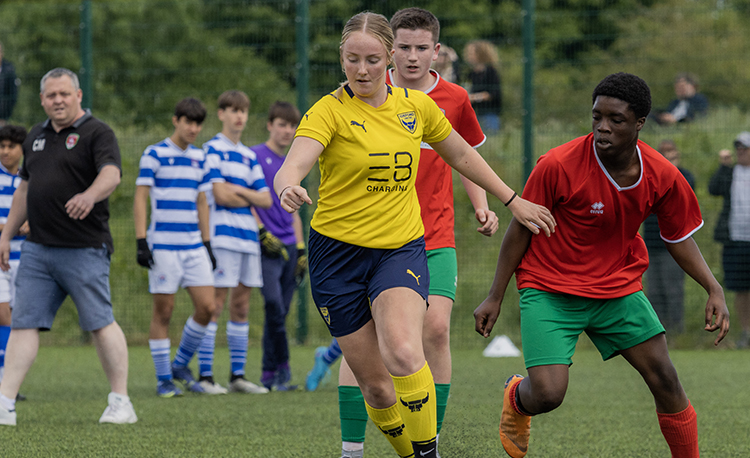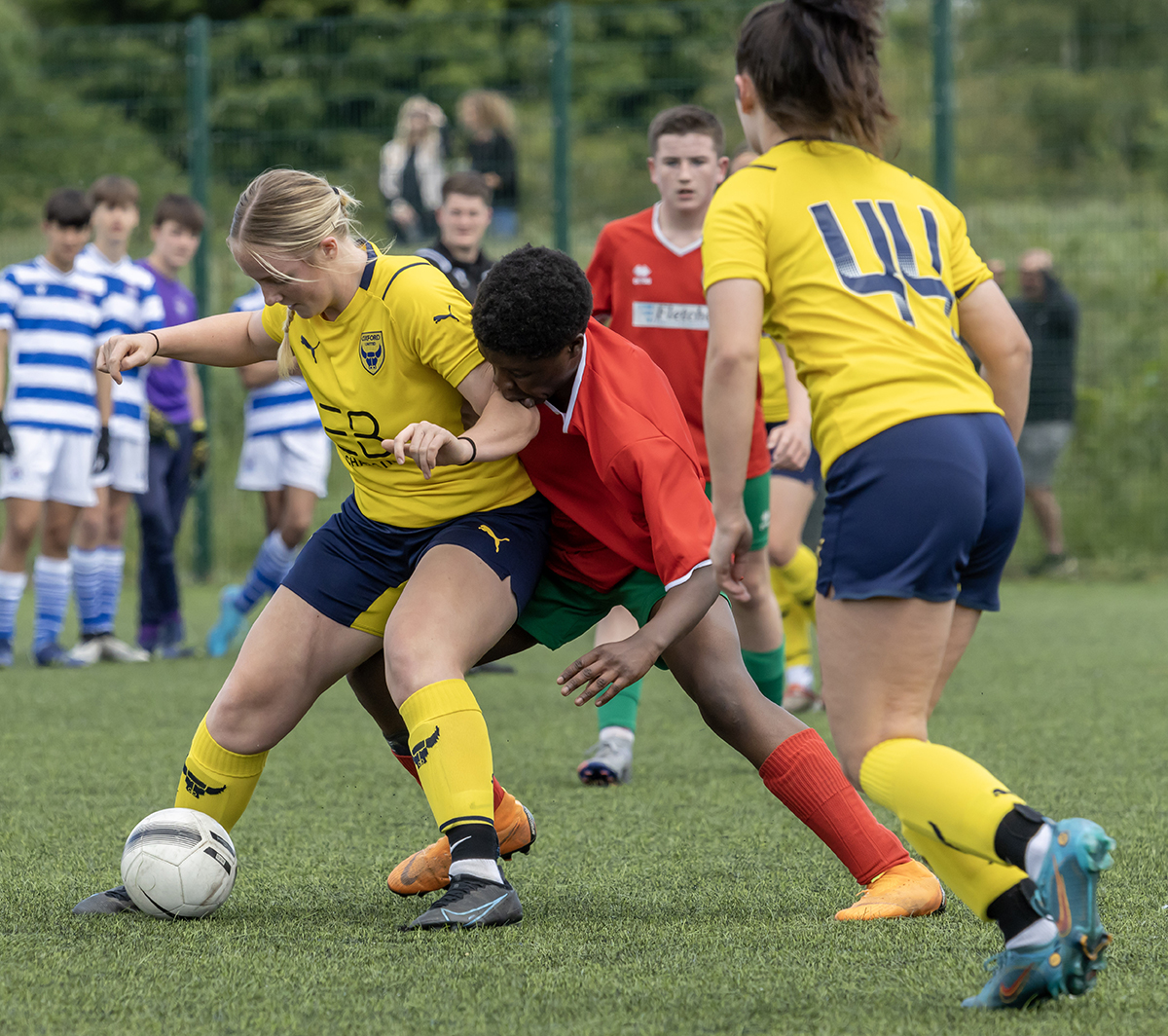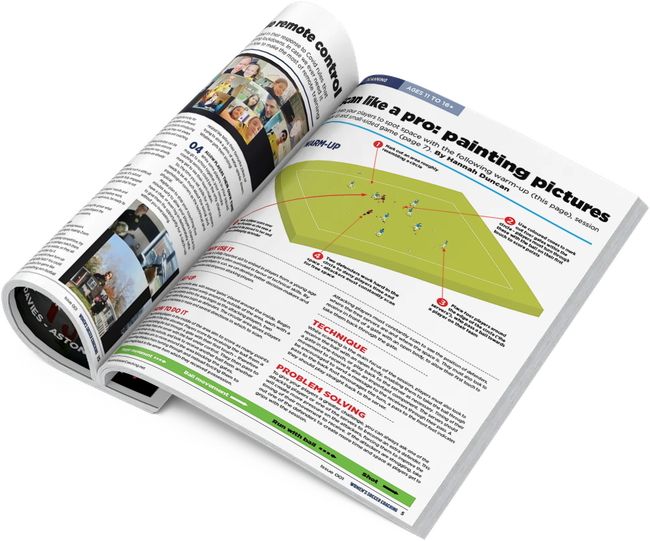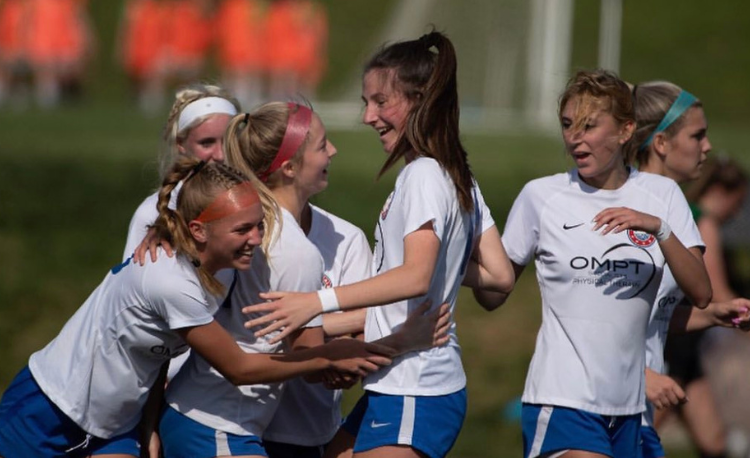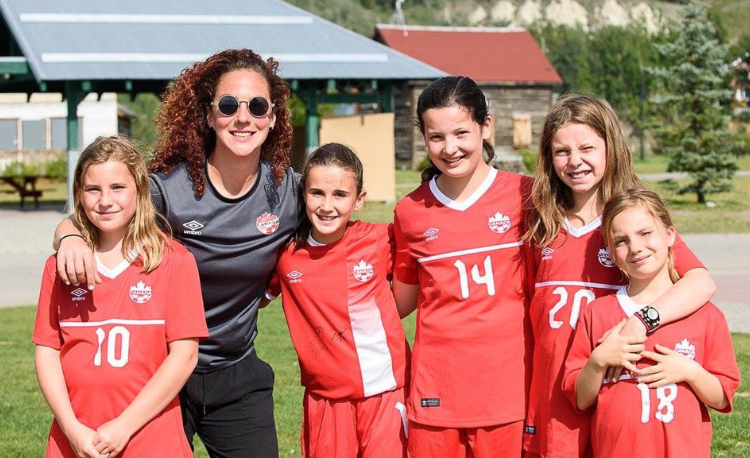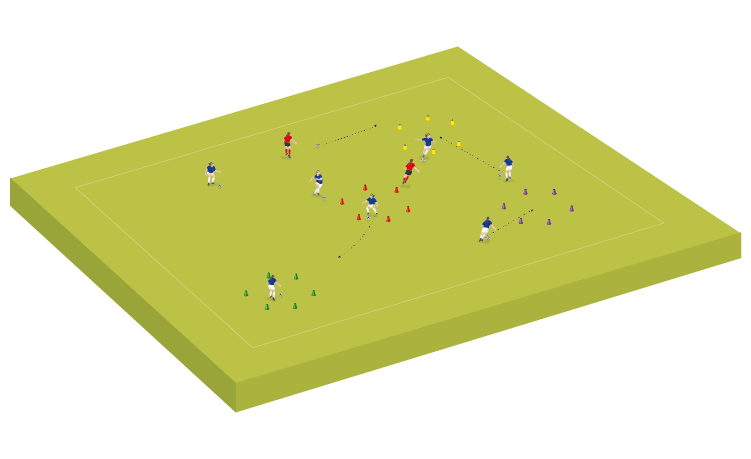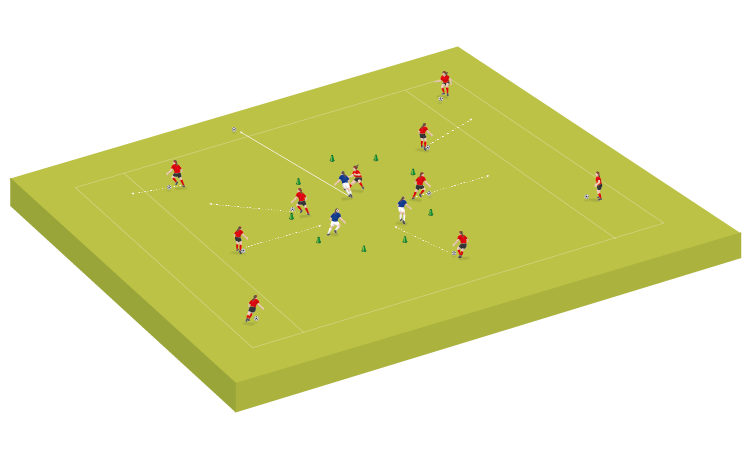You are viewing
1 of your 3 free articles
The physical challenges of boys' leagues
When you’re coaching a girls’ team in a boys’ league, sticking to your style in the face of the physical challenges can be tough
From the start of the 2015-16 season, the Football Association in England raised the age limit at which girls can play in the same matches as boys to 18 years old, from 16.
As you move up the age groups, and the physical discrepancies get more pronounced, it can become harder to justify the benefits for some female players, but there are a number of positives in that move for others.
I am an u15s coach at Teesside RTC, in the north east of England. The RTC, or Regional Talent Centre, model is seen as a professional outfit and can be compared to the regular club-based academies in the boys’ game.
Our role as coaches is to develop girls so they have the best chance of playing at the highest level in the women’s game.
For RTCs, it is certainly more challenging to play against boys’ grassroots sides than girls’ grassroots teams.
Additionally, playing consistently against more physical opponents means players either get stronger and fitter naturally in order to compete, or they find ways around the physicality and develop better technical and game-reading skills to get the half-a-yard they need.
The way the modern game is being played, girls need to have a high level of technical proficiency, understand different formations, be comfortable in playing out from the back from the goalkeeper and play quick combination passes through lines – but this often doesn’t lend itself to getting the best results against more physical boys’ teams.
"Playing against more physical opponents means players get stronger to compete..."
A common theme in our games against boys would be: we play out well from our goalkeeper and manage to get to the halfway line. We then switch the ball out wide to a winger or striker, but lose the ball through a tackle or bad touch.
The boys then launch one long ball over the top for their fast striker to run onto and put it in our goal.
The 20-30 seconds we worked on playing out and getting the ball up field in a progressive way is all undone in four seconds from a long ball. But from our coaching perspective, this is something we haven’t been too annoyed or disheartened by.
The way we have approached games against boys’ teams is that we wanted to be in control of possession, win the ball high up, play out from the back and try get our attackers 1v1 as much as possible. We accept this isn’t the most effective way to play against a physical boys’ team.
We could have easily played a 5-4-1, with a tight defensive set up and hit them on the counter attack using our fastest players - this may have kept scores down in some games or helped us to more wins.
But the question is, if a scout were here watching the game and didn’t know the gender of the players, who would they be able to pick out and which side looks to have the most potential in the next few years?
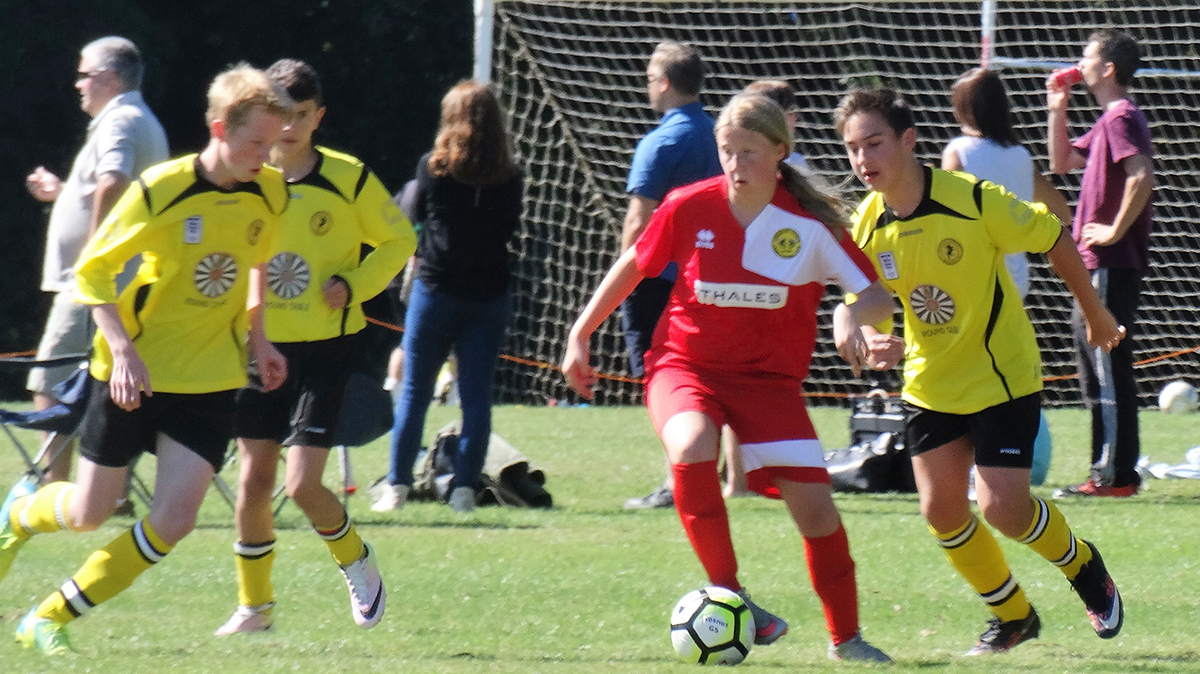
A scout from a top club will have their philosophy in mind and needs to pick young players who can develop into their system. He or she would see one team who play in a very direct way, struggling to connect a sequence of more than three passes, have little positional sense but win the game 5-1.
They will also see the other team playing out from the back, with all defenders and midfielders able to receive under pressure and on the half-turn, midfield players who can switch play and/or play through lines and attackers who can beat defenders 1v1 - but lose the game 5-1.
In my opinion, the performance and the potential ability shown by the team that loses 5-1 outweighs the short-term success gained by the winning team.
This is obviously being looked at from a U14/15s standpoint, where development of players is prioritised over results. You may not reach the same conclusion if both were elite women’s teams going for a league title.
Throughout the season, we as coaches had to develop our game plan so that we could compete in more games and potentially win more. Winning wasn’t the most important thing to us, but it is good for player morale and keeping their belief in the process.
We changed things, like having a deeper starting backline to try and stop long balls over the top, getting back behind the ball quicker in transition and switching to a back three with wing backs, so we had more players back defensively who could also make the pitch big as we played out.
Although we tweaked parts of our game, we didn’t completely abandon our beliefs and objectives. I feel this is important for coaches, because if you’re going to dismiss your values when results and performances aren’t going well, then how are players ever going to truly believe that it’s the way they should be playing?
At the end of our season, we finished mid-table. That may not look like a great season on paper, but from the perspective of the players’ development, it was a great season.
We feel they are better placed for U16s’ football next season, which will be a different style of play again against other female RTC teams. We also think they are more prepared to transition into the women’s game, which most of them should be looking to achieve.
The girls have learned a lot about the physical side of the game this season – something they definitely wouldn’t have experienced if they hadn’t played against boys for a full campaign.
This can only help their development and their future in the game.
Related Files
Newsletter Sign Up
Newsletter Sign Up
Discover the simple way to become a more effective, more successful soccer coach
In a recent survey 89% of subscribers said Women's Soccer Coaching makes them more confident, 91% said Women's Soccer Coaching makes them a more effective coach and 93% said Women's Soccer Coaching makes them more inspired.
*includes 3 coaching manuals
Get Inspired
All the latest techniques and approaches
Women's Soccer Coaching offers proven and easy to use soccer drills, coaching sessions, practice plans, small-sided games, warm-ups, training tips and advice.
We've been at the cutting edge of soccer coaching since we launched Soccer Coach Weekly in 2007, creating resources for the grassroots youth coach, following best practice from around the world and insights from the professional game.
